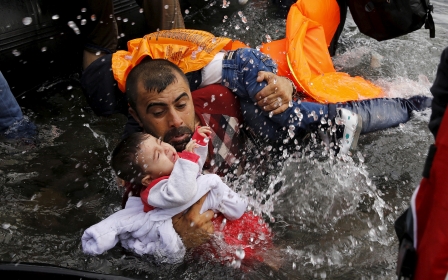
In pictures: Egypt’s female photographers stage a revolution
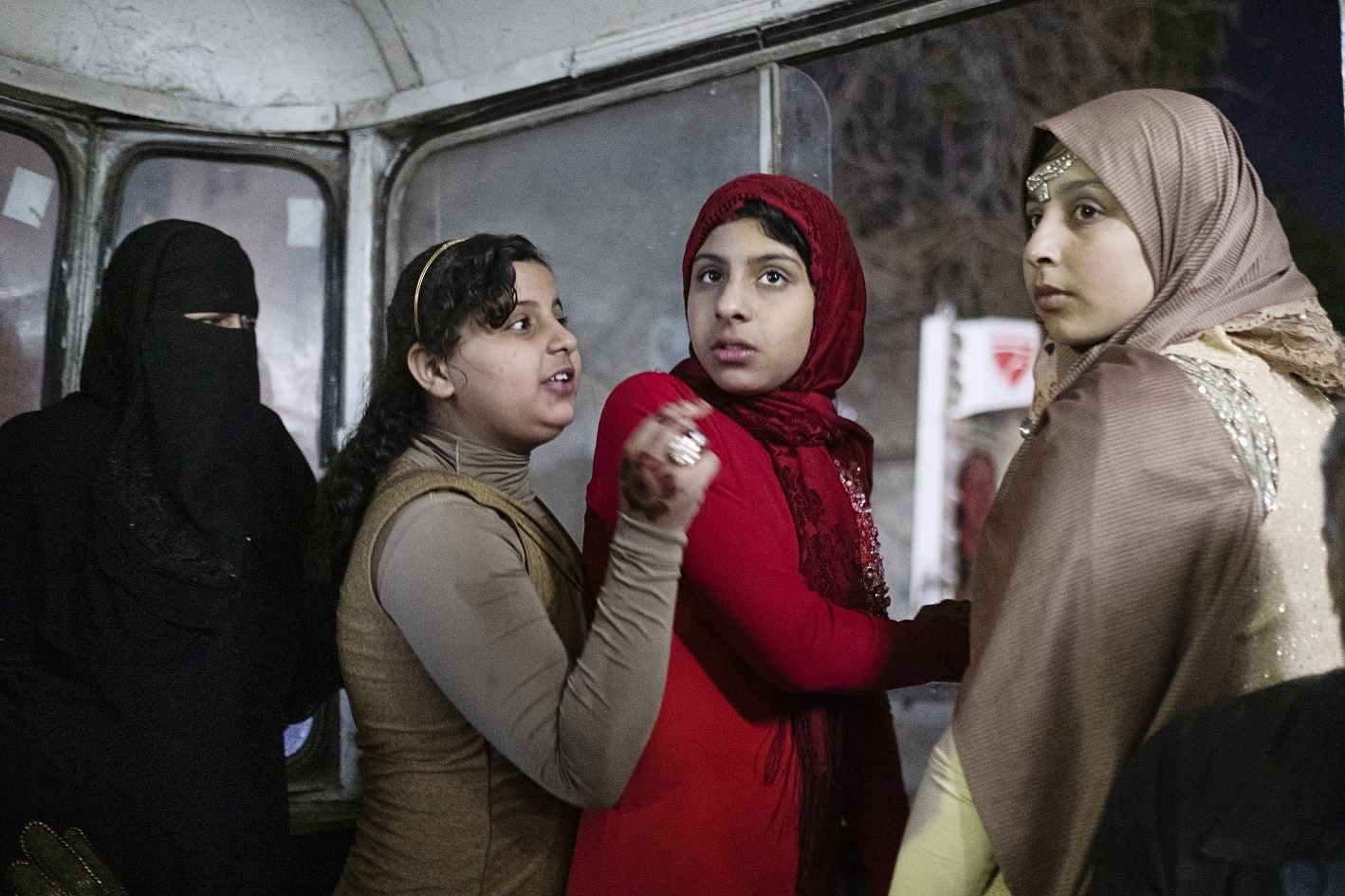
This year’s biennial highlights the challenges facing women in Egypt. For her series Waltz With The Tram, Fatma Fahmy rode Alexandria’s dilapidated tramway, which is gradually being replaced by bus lines and more modern streetcars. Fahmy, who trained as a chemical engineer, says: “I’ve always loved old things, and the tramway is symbolic of the way working class people get around in Alexandria." (Copyright Fatma Fahmy)
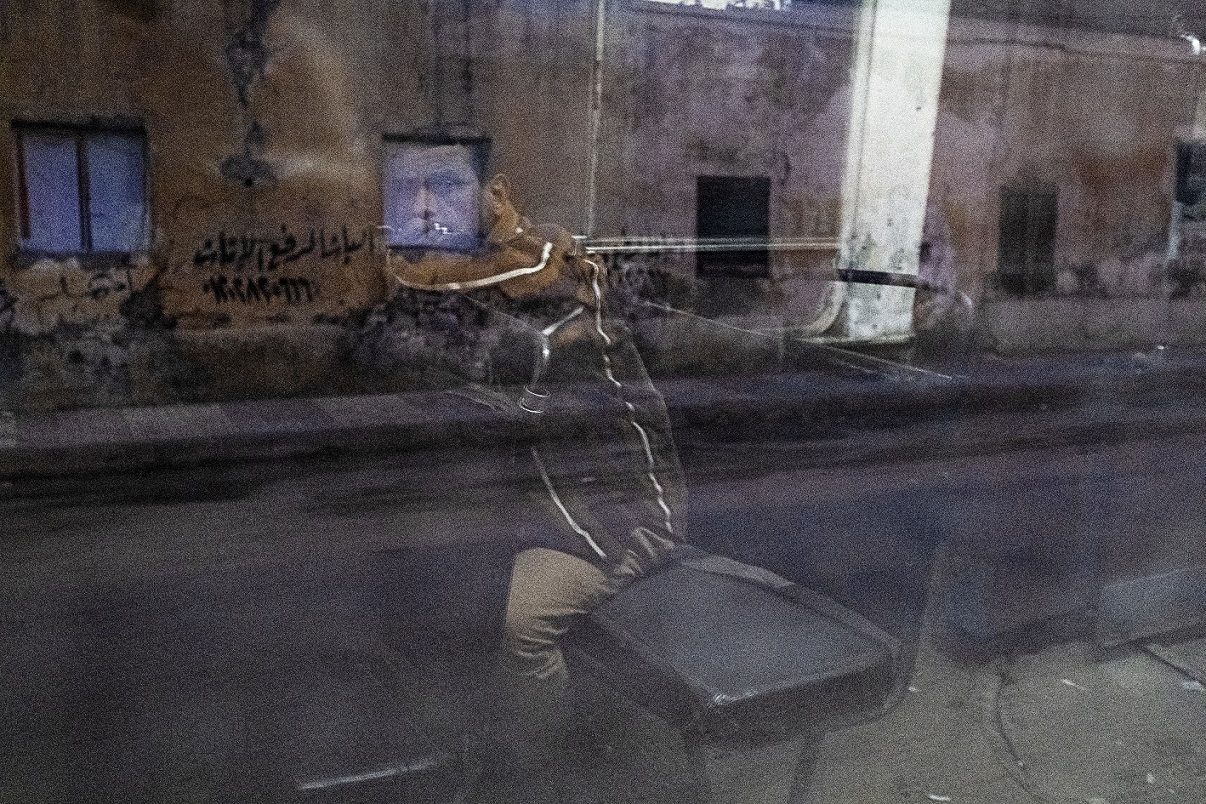
“I took a different route every evening when I was making the series,” Fahmy says. “Some lines have stopped running altogether since then. The government has replaced them with new ones. Sometimes when people ask me what I am doing, I tell them my pictures are part of a university project. Because I am a woman, they let down their guard.” (Copyright Fatma Fahmy)
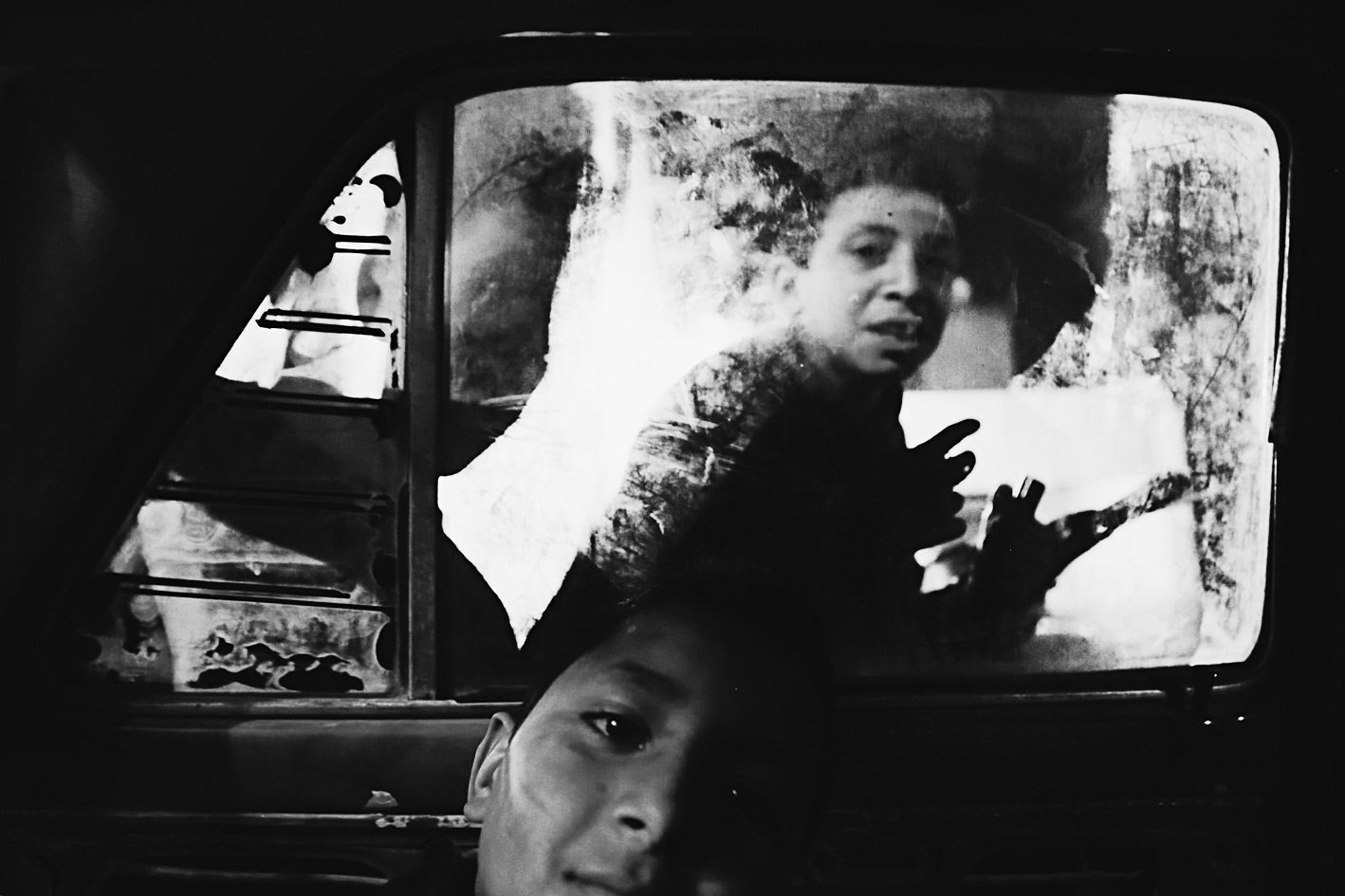
When the Egyptian revolution broke out in January 2011, Hana Gamal wanted to capture the reality unfolding before her. “It was as if I were witnessing history in the making,” she says, “so I started taking pictures with my phone."
For her series We’re All Fugitives, Gamal depicts people encountered in Cairo and other parts of Egypt. She says that while some neighbourhoods were off-limits or she had to dress differently, she was never seen as a threat. “I can get a glimpse of their world. I can enter women’s homes and talk to them. That would be unthinkable if I were a man.” (Copyright Hana Gamal)
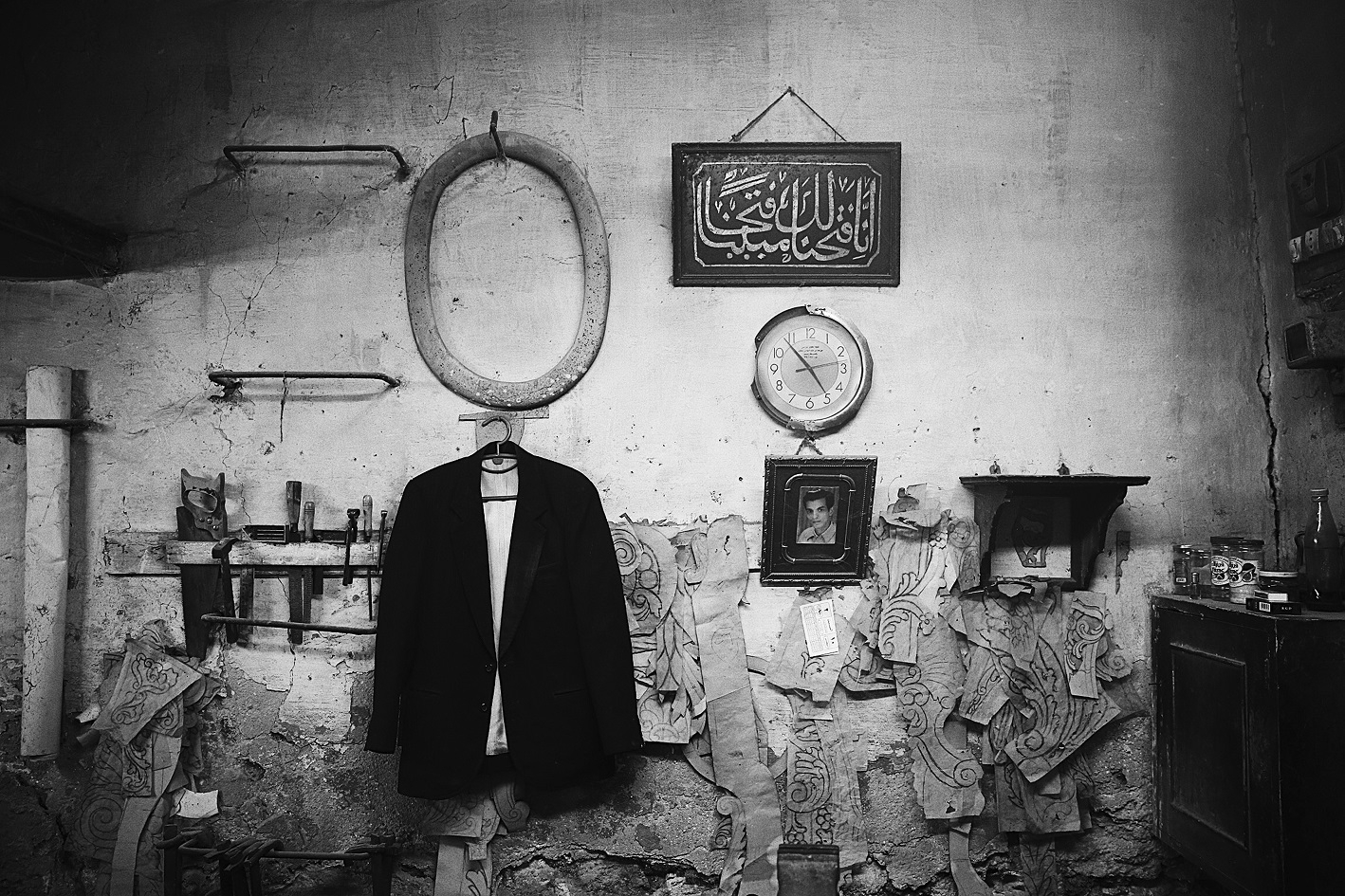
Gamal's work highlights the extent of change since 2011 – and pinpoints how everyone in Cairo harbours a need to escape. “I started losing myself in the streets, and in other people’s lives, to try to understand how other people were coping with it all," she says. “We are all fugitives, fleeing something or somebody, trying to escape the reality of our worlds”.
But she found not everyone understood what she was trying to achieve. “When I tell them I’m a visual artist, people always ask if I get paid for it. For them, photography is not a profession." (Copyright Hana Gamal)
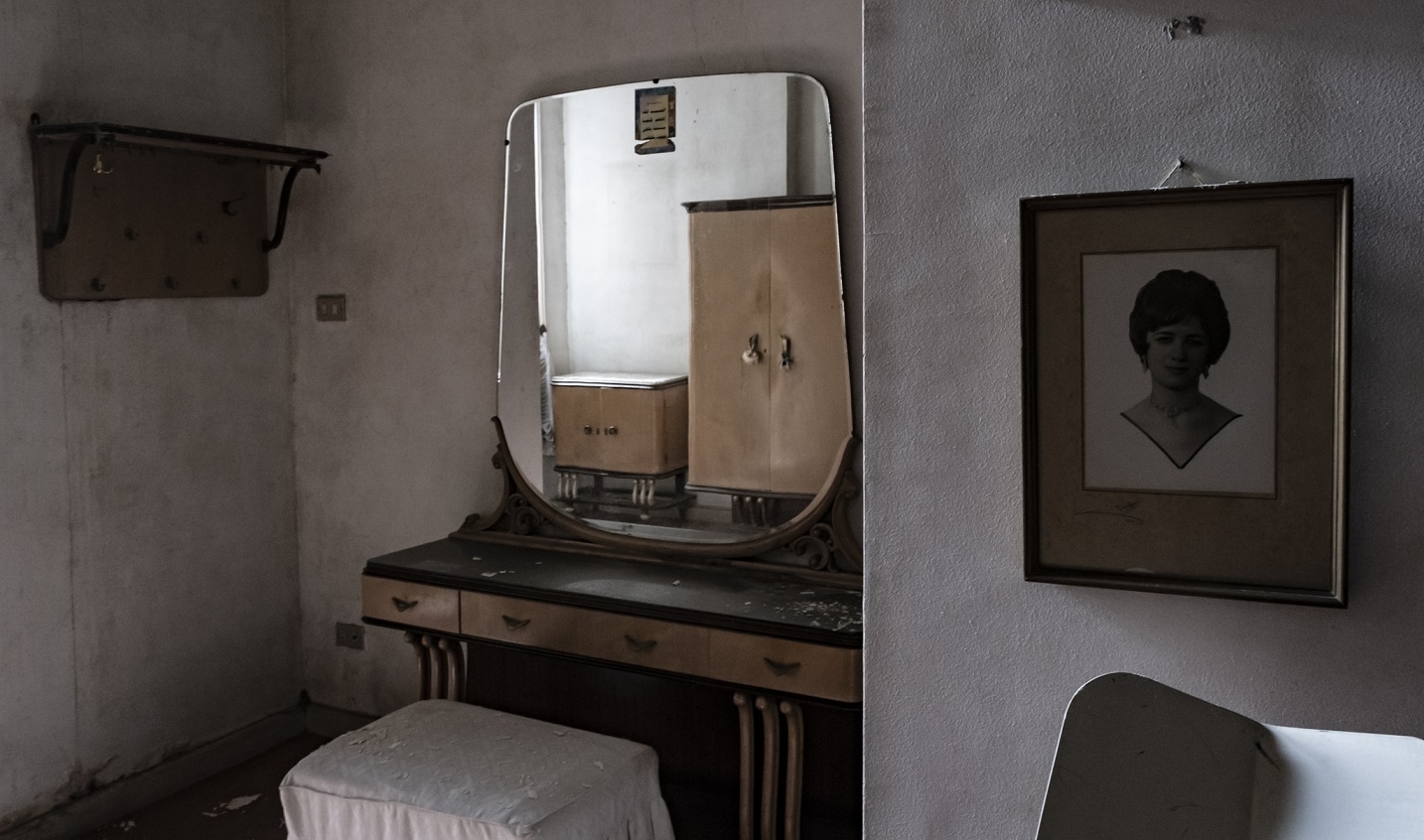
Amina Kaddous returned to Egypt to find the country she had known had disappeared, so she roamed Cairo to chronicle the changes. “Everybody has a past that they don’t want to let go of, no matter where they are from," she says. "We all want to go back in time. I wanted to recapture the beauty of the bygone Cairo that I heard about but am unable to see." Her series Down Memory Cracks pairs views of Tahrir Square taken, by her late grandfather, with those taken by herself.
The hardest part of taking a photo, she says, is winning people over. “They often see my camera as a weapon. But I try to be honest and just explain what I am trying to do. For me, it’s very important to tell my own story and to not let other people tell it for me.” (Copyright Amina Kaddou)
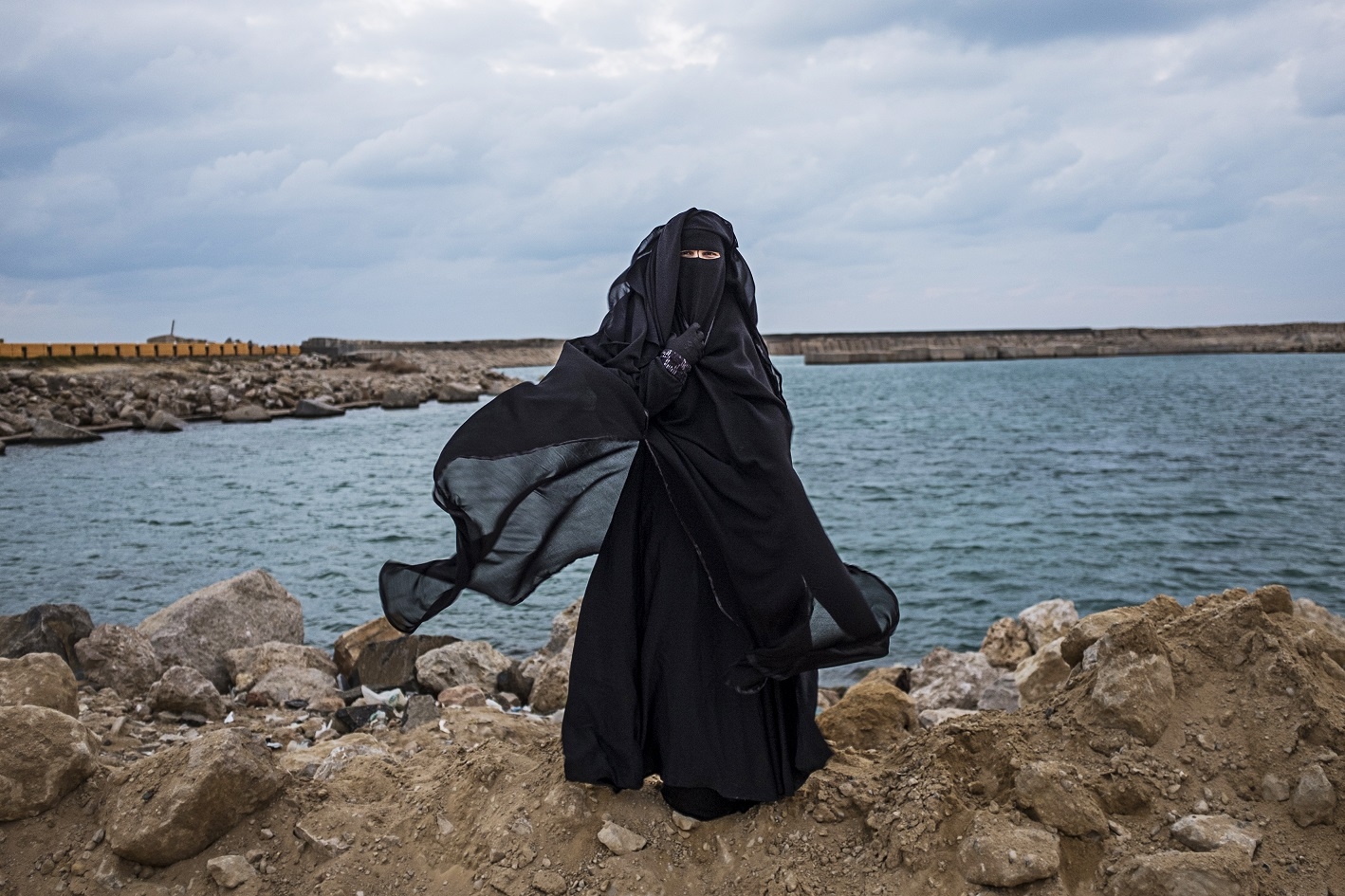
The series Transit Bodies by Heba Khamis reflects on transgender identity and the struggle of those who don’t feel at home in their bodies. “I was interested in understanding what makes people want to have a sex change," she says. "Along the way, I discovered that our physical body is our original home. It is a sacred temple that no one else could ever live in”. (Copyright Heba Khamis)

Khamis says that through research, she discovered that intersex sex affirmation surgical interventions have been authorised since 1988, and that transsexuality is recognised by Al-Azhar, the foremost authority in the Islamic world. But Egyptian society is less accepting. “I wanted to understand why they are still the object of so much abuse and discrimination, and I found out it is first and foremost a cultural problem.” (Copyright Heba Khamis)
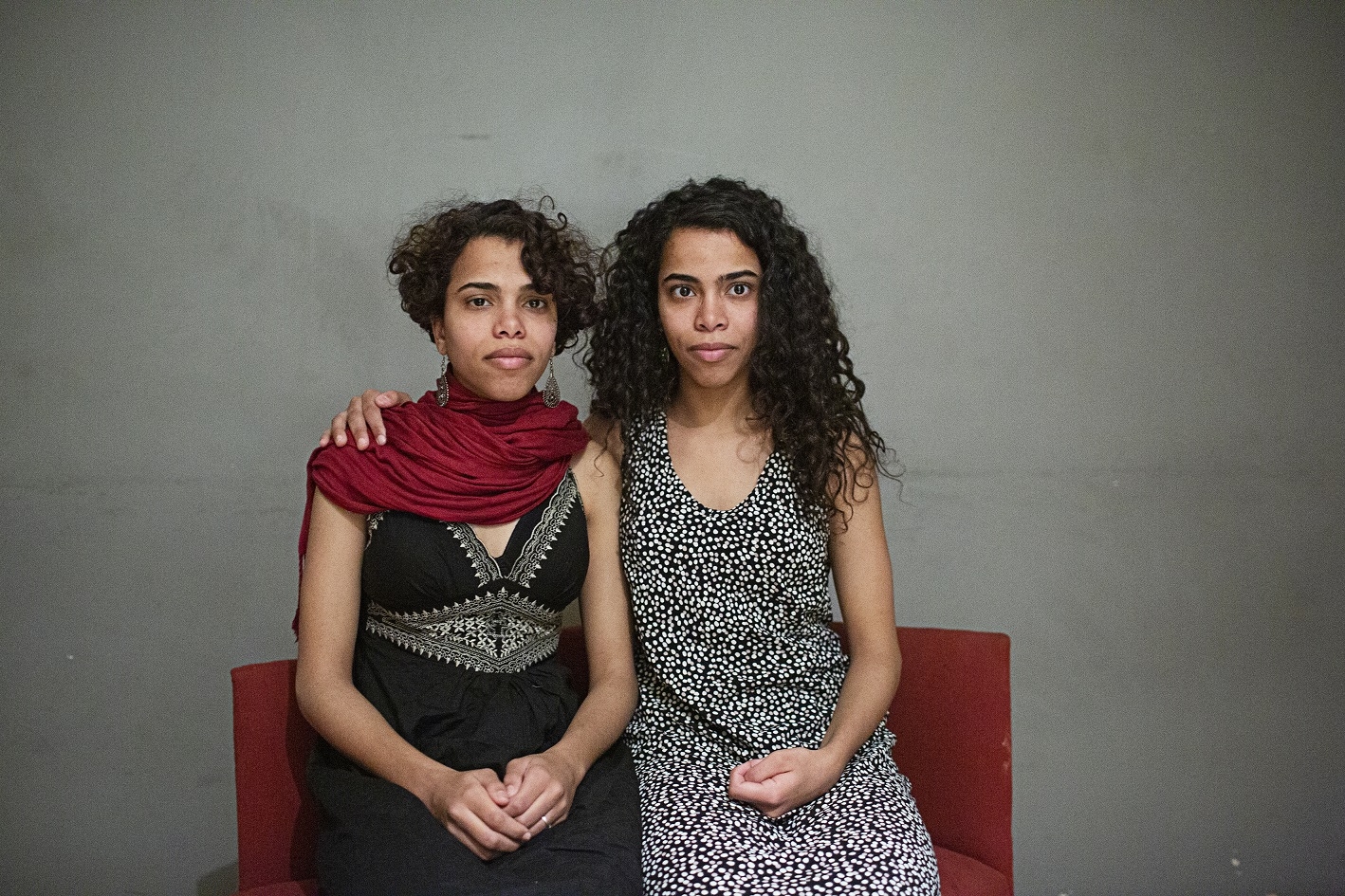
Eman Helal’s series Just Stop deals with issues of sexual harassment and is often accompanied by the harrowing stories of victims of sexual assault. Helal has worked with the Associated Press since the Egyptian revolution in 2011: other work includes series on belly dancers, who are “despised in Egypt”, and the victims of police brutality. She won Egypt Press Photo Awards in 2011 and 2014. (Copyright Eman Helal)
The third Biennial of Photography in the Contemporary Arab World is at the Institut Du Monde Arabe and the Maison Europeenee De La Photographie in Paris from 11 September until 24 November 2019. This piece is adapted from an article which appeared on Middle East Eye's French site.
Middle East Eye delivers independent and unrivalled coverage and analysis of the Middle East, North Africa and beyond. To learn more about republishing this content and the associated fees, please fill out this form. More about MEE can be found here.




